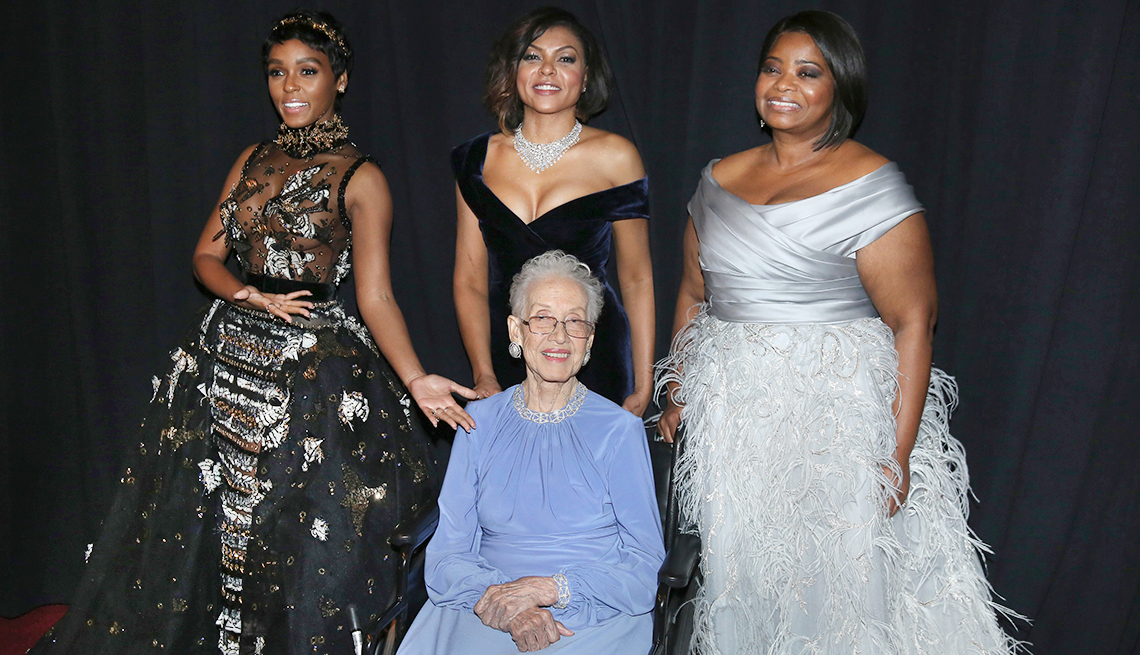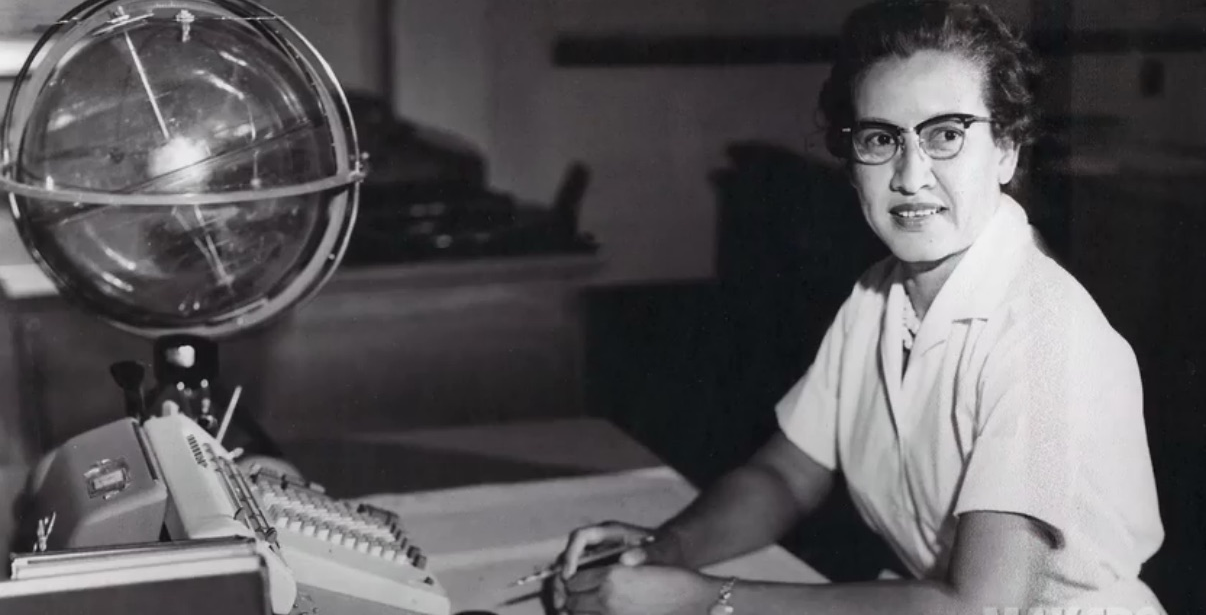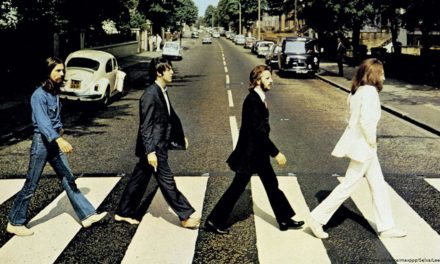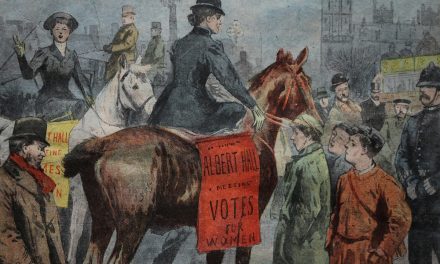When it comes to space travel, astronauts tend to be the face of the missions. From Buzz Aldrin to Neil Armstrong, these are the men we think of when we visualise the first moon landings. Behind the scenes, the people that calculate the necessary equations to make this possible tend to be forgotten.
One such woman was Katherine Johnson. Johnson who worked for NASA for over three decades making some of the most significant voyages to space feasible. The African American mathematician died yesterday at the age of 101.
Here are five things you may have not known about the pioneering scientist:

- Johnson was a prodigy from a young age
Katherine Johnson had an affinity for numbers at a very young age. In her own words: “I counted everything. I counted the steps to the road, the steps up to church, the number of dishes and silverware I washed … anything that could be counted, I did.”
Her abilities enabled Johnson to start high school at the age of 10 and graduate college by 18.

- Katherine was one of the first African Americans to work for NASA
Johnson was one of three African American students to desegregate West Virginia University’s graduate school after a Supreme Court ruling. Years later, she found a job at the National Advisory Committee for Aeronautics (reformulated later as NASA) who were hiring African American women to work as ‘computers’. This meant performing complex calculations for engineers. As this was during the segregation era, the women had to eat, work and use restrooms in separate facilities.
Later, Johnson was transferred to Langley’s flight research division which was run entirely by white engineers. She often faced racial and gender discrimination due to her being the only African American working there at the time.

- Johnson’s calculations were critical to some of the most significant space voyages
History often omits a key reason why Alan Shepard became the first American in space. It was Katherine Johnson’s trajectory calculations that made the 1961 Project Mercury mission possible. The feat is even more significant considering the United States and Russia were competing to achieve the first space capabilities during that time.
However, her accomplishments do not end there. Johnson helped launch the Apollo 11 flight to the moon in 1969 which is considered to be one of the greatest achievements for humanity, birthing the famous quote: “One small step for man, one giant leap for mankind.”
Her work was so important that when NASA first adopted electronic computers before astronaut’s John Glenn’s orbit around the earth, he called on Johnson to confirm the numbers, refusing to fly before she did.

- Her legacy was immortalised in the 2016 film Hidden Figures
While Johnson may not have received the recognition she deserved at the time, the 2016 film Hidden Figures rectified that to some degree. The Oscar-nominated film, based on the book by Margot Lee Shetterly, received critical acclaim and countless nominations and accolades. For many, this was the first time learning about Katherine Johnson and her far-reaching impact on space travel. Taraji P. Henson played the role of Johnson while Janelle Monae and Octavia Spencer played real-life colleagues Dorothy Vaughan and Mary Jackson.
Katherine Johnson even attended the 89th Academy Awards alongside Henson where she received a standing ovation.
/cdn.vox-cdn.com/uploads/chorus_image/image/66364843/GettyImages_498633356.0.jpg)
- She received the Presidential Medal of Freedom
In 2015, Katherine Johnson received the Presidential Medal of Freedom from former President Barack Obama. During the ceremony, he said: “In her 33 years at NASA, Katherine was a pioneer who broke the barriers of race and gender, showing generations of young people that everyone can excel in math and science, and reach for the stars.” Four years later in 2019 she was awarded the Congressional Gold Medal in 2019.
While history certainly attempted to overlook Katherine Johnson’s immense influence on space travel, the scientist will now be remembered by a generation of younger people who will undoubtedly pass on the legendary story of the Black woman who helped mankind get to the moon.
Photo Credit: The Guardian
- This Artist is Making the Underwater Arena His Canvas - 28th April 2021
- A Video Game that Promotes Peace and Conflict Resolution - 15th March 2021
- Netflix’s ‘Living Undocumented’ is a Difficult Series to Watch, and Exactly Why We Should - 9th March 2021






